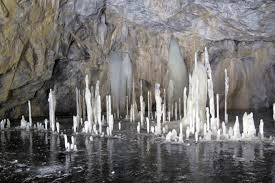7667766266
enquiry@shankarias.in
Why in news?
A new study reveals the connection between Northeast monsoon and El Nino, with the help of rock formations in Meghalaya.
What is the study on?
How is summer monsoon and El Nino connected?
What is the case with winter monsoons?
What is the recent revelation?

What is the significance?
Source: The Indian Express, Science Daily